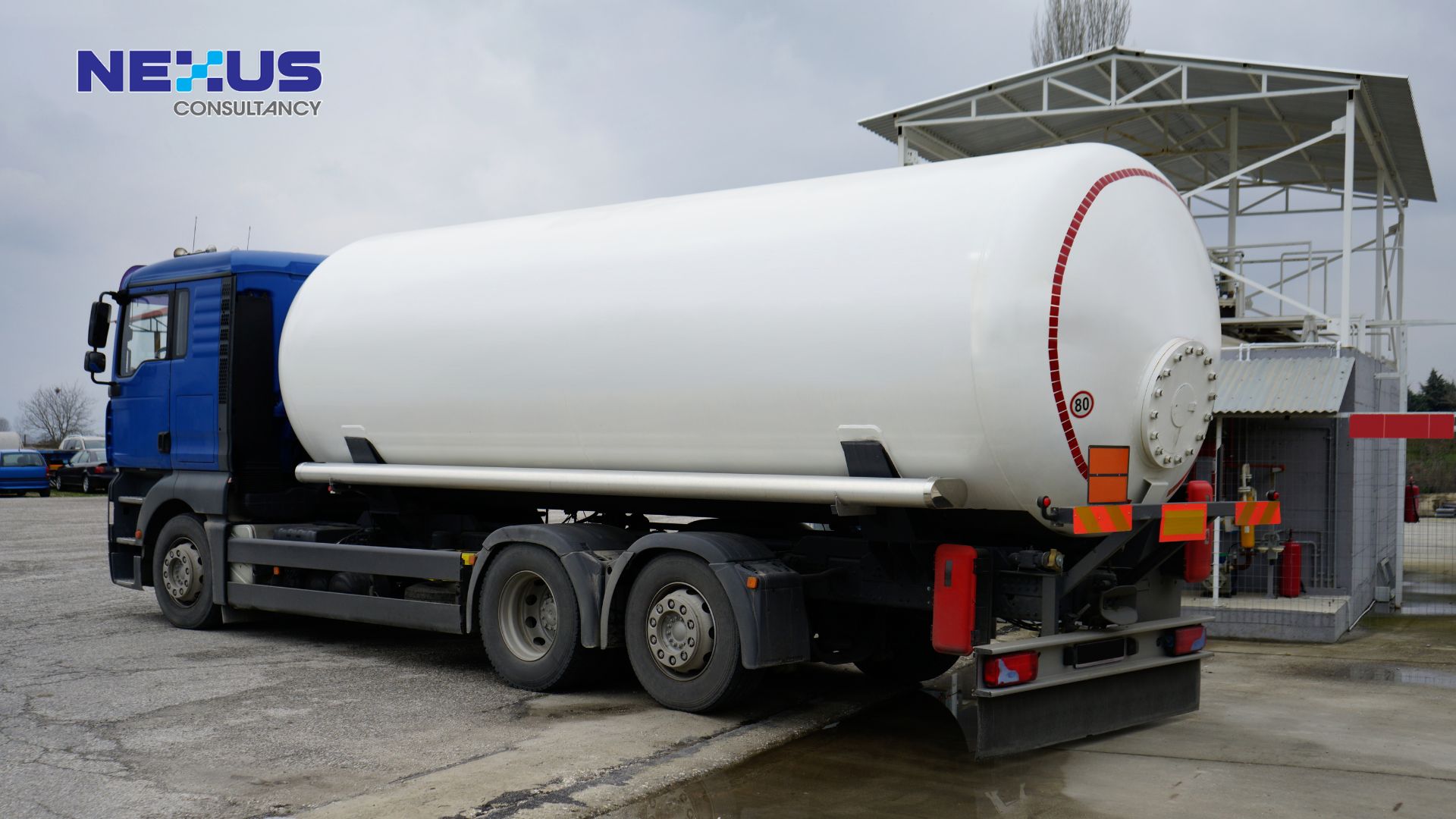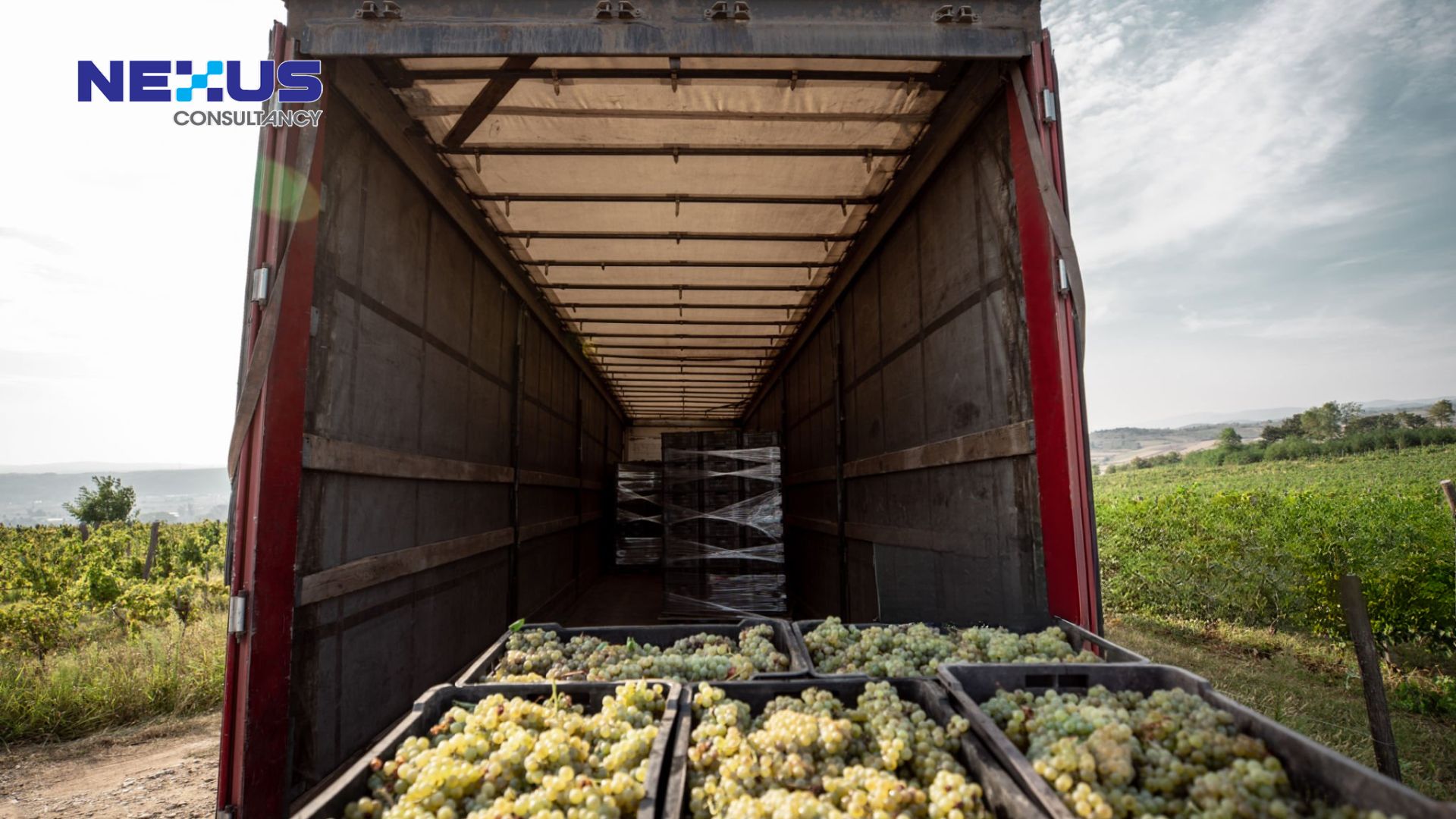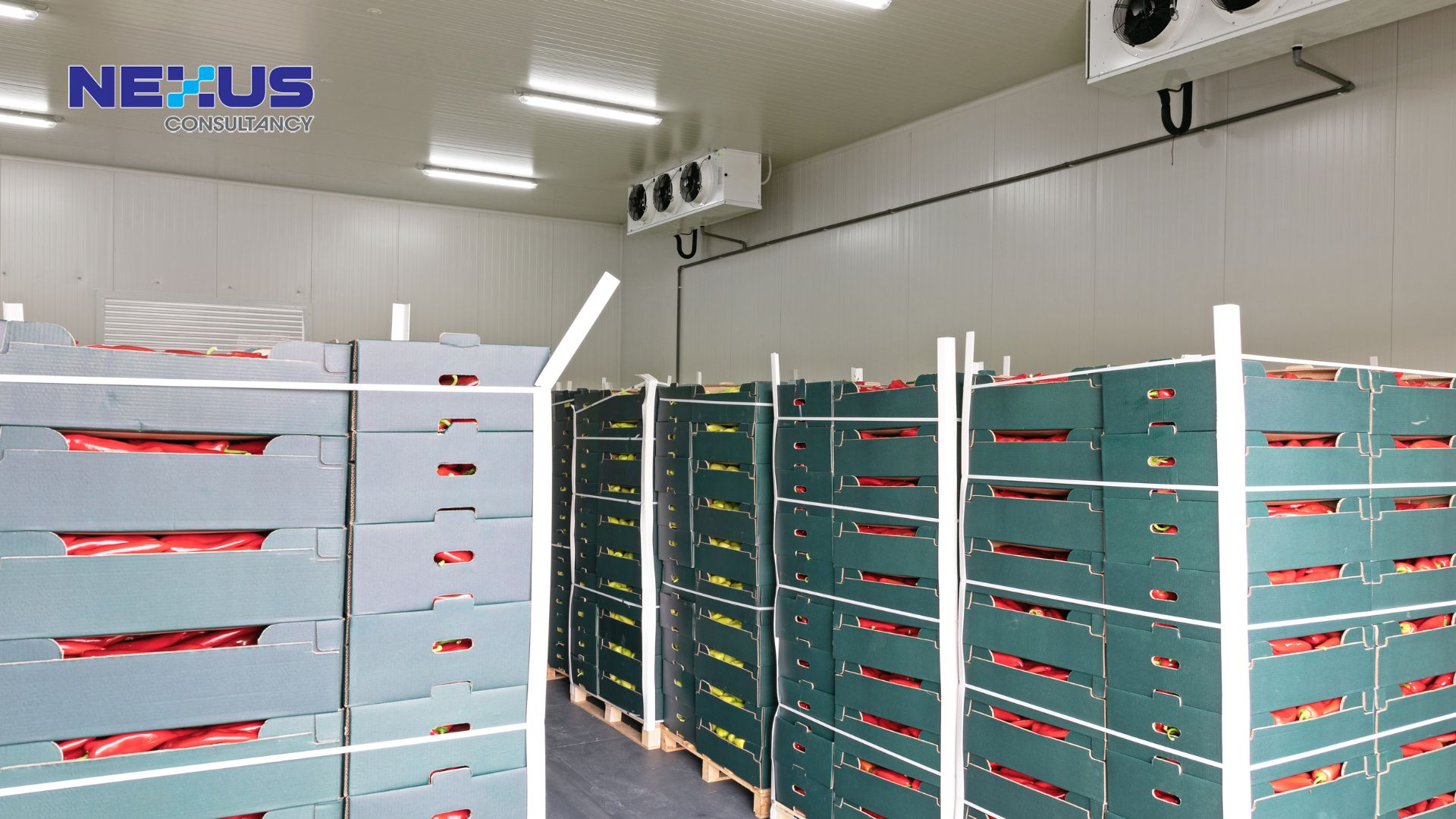
Danielle Tan
Chief Operating Officer
Discover how ISO 22000:2018 enhances transport tank cleaning standards, ensuring food safety, compliance, and contamination prevention throughout the supply chain.
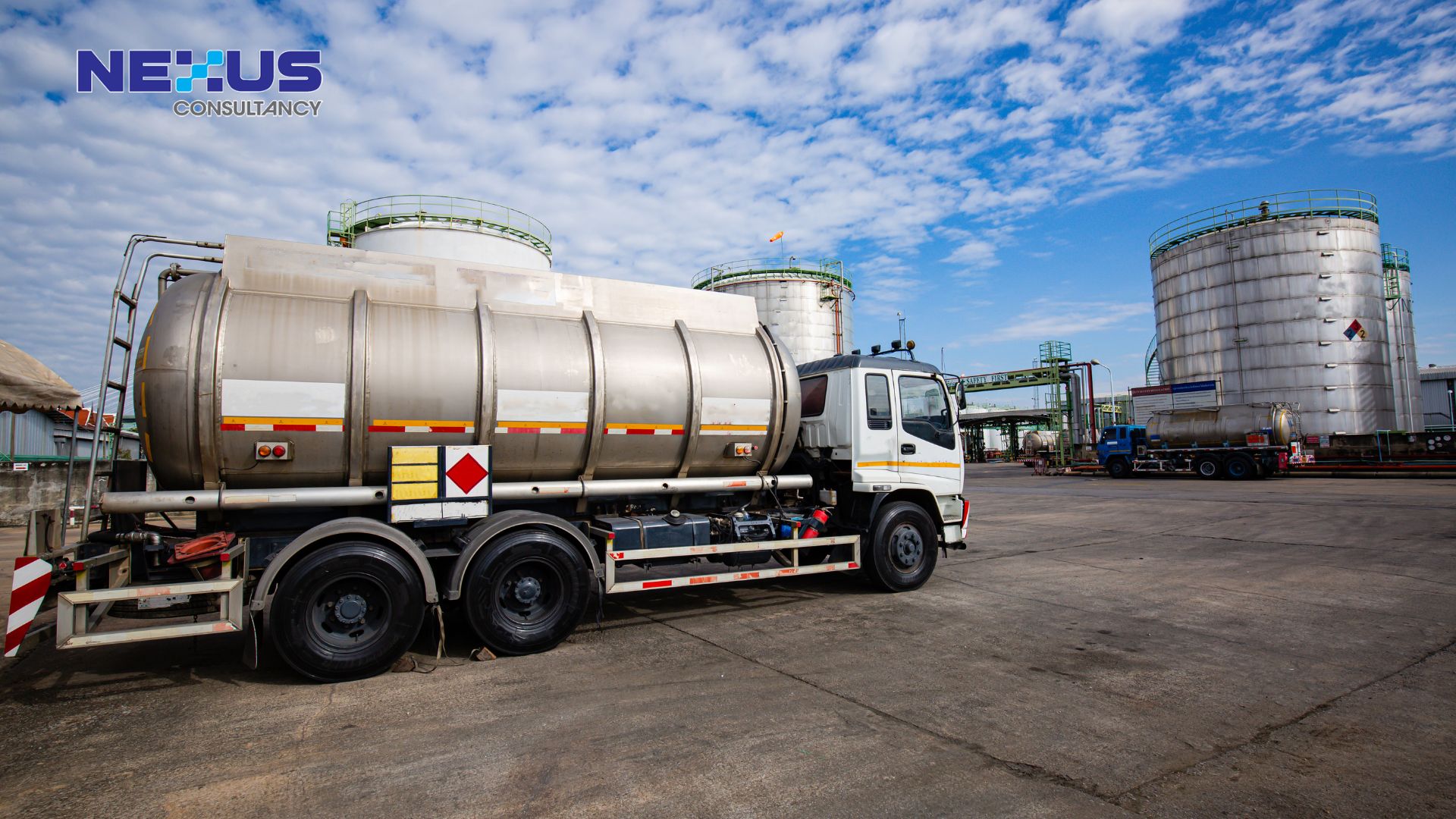
As the global food supply chain grows increasingly complex, maintaining rigorous food safety standards is more essential than ever. ISO 22000:2018, the international standard for food safety management systems, has become a cornerstone in achieving these high standards across all stages of food handling, including transport. One critical aspect within this standard is transport tank cleaning, a process vital for avoiding cross-contamination and ensuring the safety of bulk food items in transit. In this article, we delve into the specific requirements of ISO 22000:2018 as they relate to transport tank cleaning, with an emphasis on the risk-based approach and the need for documented cleaning validation.
Understanding ISO 22000:2018 and Its Relevance to Transport Tank Cleaning
ISO 22000:2018 provides a systematic framework for managing food safety risks across the entire food supply chain, from farm to fork. The standard requires organizations to establish and maintain food safety management systems that incorporate risk-based thinking, continuous improvement, and robust documentation. For companies involved in food transportation, particularly those using transport tanks, the requirements extend to cleaning protocols that ensure tanks are free from contaminants before each load.
Transport tank cleaning is essential when dealing with unpackaged foodstuffs, as these products come into direct contact with tank surfaces. Without rigorous cleaning, residues from previous loads may introduce allergens, harmful bacteria, or chemical contaminants, posing serious food safety risks. ISO 22000:2018 highlights the need for careful control over cleaning processes, urging companies to develop a documented, risk-based approach to cleaning validation.
The Risk-Based Approach to Food Safety
ISO 22000:2018 places a strong emphasis on risk-based thinking, encouraging organizations to assess and mitigate potential food safety hazards. In the context of transport tank cleaning, this means identifying and managing risks associated with residues, cross-contamination, and microbial contamination. A risk assessment typically includes evaluating the types of food products transported, the cleaning methods used, and potential hazards posed by previous loads.
For example, if a tank previously transported a product containing allergens (such as peanuts), a risk-based approach would require enhanced cleaning measures to prevent cross-contact with subsequent allergen-free loads. Similarly, high-risk food products prone to microbial contamination, such as dairy or juices, may necessitate more frequent or intensive cleaning protocols to mitigate risks.
ISO 22000:2018 also requires companies to document these risk assessments and establish control measures tailored to the unique risks of each transport tank. This proactive approach ensures that tank cleaning is conducted with an understanding of potential hazards, rather than relying on standard practices that may overlook specific risks.
Documented Cleaning Validation and Verification
One of the fundamental requirements of ISO 22000:2018 is the validation and verification of cleaning processes. Validation confirms that the cleaning protocols are effective in removing contaminants, while verification ensures that these protocols are consistently applied each time. In the context of transport tank cleaning, documented validation and verification processes are essential for achieving compliance and ensuring food safety.
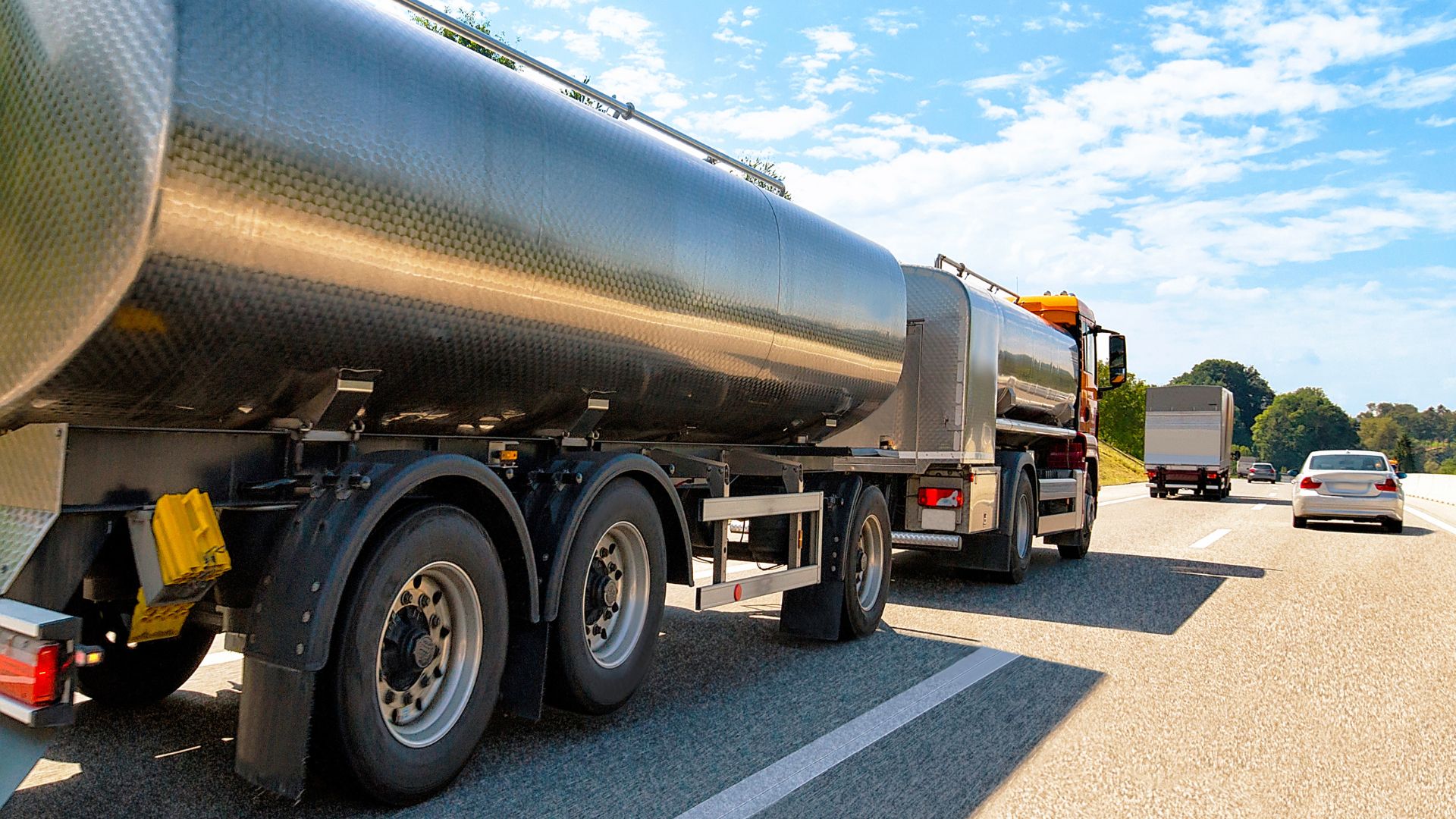
Cleaning Validation
Cleaning validation is the process of demonstrating that cleaning methods effectively eliminate all potential contaminants, including chemical residues, allergens, and microorganisms. According to ISO 22000:2018, organizations must document their cleaning validation procedures, outlining the specific methods, parameters, and cleaning agents used. For transport tanks, cleaning validation may involve:
- Microbiological Testing: Swabbing tank surfaces and testing for bacterial pathogens, such as Salmonella, Listeria, or E. coli, to ensure that cleaning protocols adequately eliminate microbial risks.
- Allergen Testing: Conducting tests to detect allergen residues, particularly after transporting allergenic products, to prevent cross-contact with allergen-free foods.
- Chemical Residue Analysis: Testing for cleaning agent residues to verify that no harmful chemicals remain in the tank after cleaning.
These validation processes are crucial for food safety compliance, especially when dealing with high-risk foods. By documenting cleaning validation, companies can provide evidence that their cleaning methods are effective, demonstrating a commitment to ISO 22000:2018 standards.
Cleaning Verification
Verification is the ongoing process of ensuring that validated cleaning protocols are consistently applied. While validation proves that a cleaning method works, verification involves regular checks to confirm that these methods are properly executed with each cleaning. ISO 22000:2018 requires organizations to maintain thorough records of cleaning verification activities, which may include:
- Cleaning Logs: Detailed records of each cleaning event, including date, time, personnel involved, and the cleaning methods used.
- Inspection and Testing Reports: Documentation of routine inspections and tests conducted after cleaning, such as ATP testing (which detects organic material) to confirm that no residues remain.
- Audit Records: Periodic audits of the cleaning process to ensure adherence to protocols and identify any deviations or areas for improvement.
Maintaining these records allows companies to demonstrate compliance with ISO 22000:2018, providing traceability for each cleaning event and verifying that tanks meet food safety standards before every load.
Key Benefits of ISO 22000:2018 for Transport Tank Cleaning
Implementing ISO 22000:2018 for transport tank cleaning offers several advantages, including:
- Enhanced Food Safety: The standard’s risk-based approach and focus on cleaning validation significantly reduce the likelihood of cross-contamination, protecting consumers and upholding product quality.
- Compliance and Accountability: With ISO 22000:2018, companies have a clear framework for documenting and validating cleaning processes. This level of documentation facilitates compliance with food safety regulations and provides accountability in case of contamination issues.
- Operational Efficiency: By establishing standardized cleaning protocols and maintaining detailed records, organizations can streamline tank cleaning processes, minimizing downtime while ensuring consistent cleaning quality.
- Building Trust with Customers: Certification to ISO 22000:2018 assures customers that a company adheres to internationally recognized food safety standards, enhancing trust and reputation in the industry.
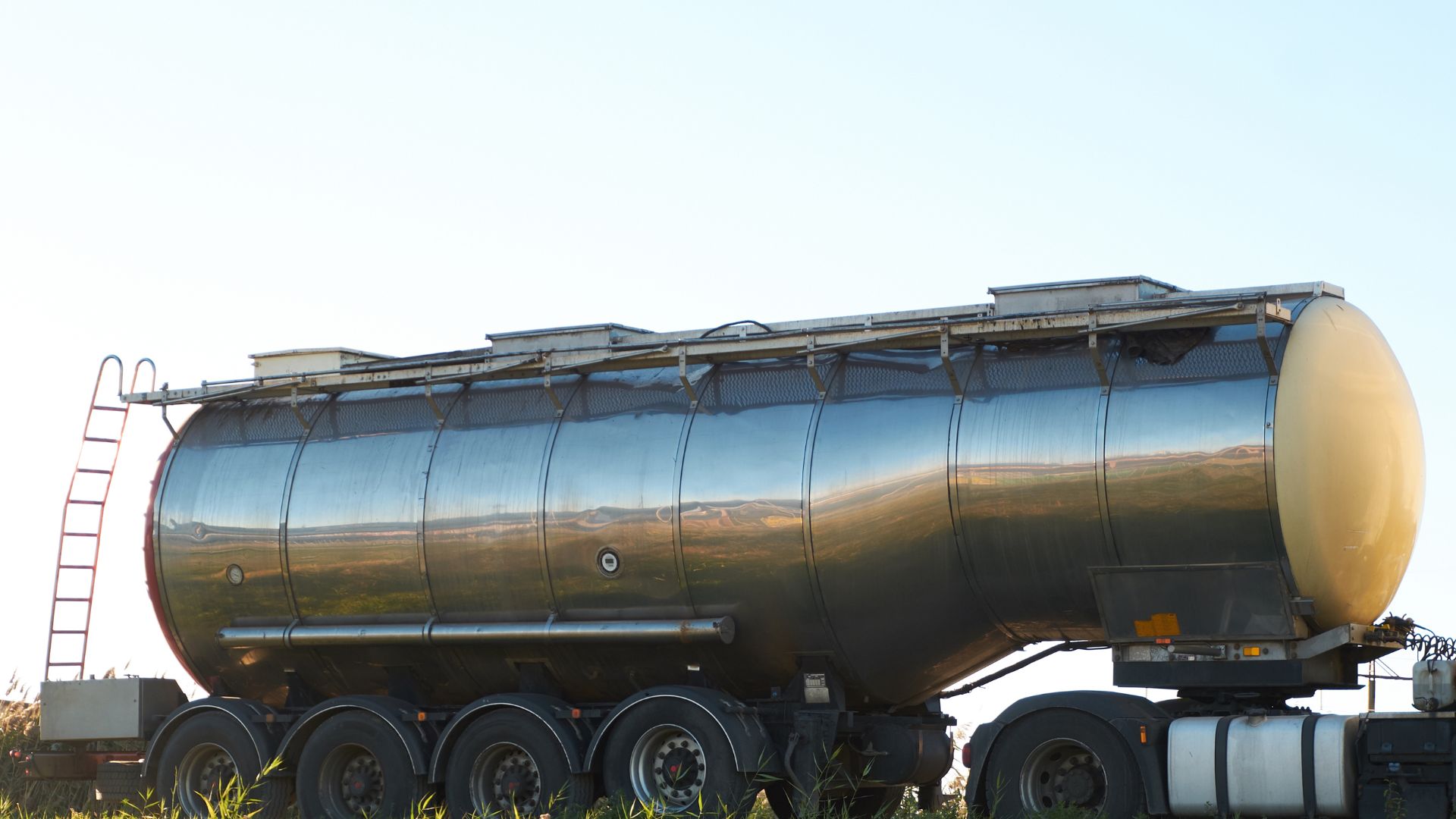
Conclusion
ISO 22000:2018 has set a new benchmark for food safety management, particularly in transport tank cleaning. By requiring a risk-based approach, documented cleaning validation, and consistent verification, the standard helps companies achieve a higher level of food safety compliance. Transport tank cleaning plays a critical role in preventing contamination, and ISO 22000:2018 provides the framework for managing this process with precision and accountability. For food manufacturers and transport companies, adopting the requirements of ISO 22000:2018 is an essential step in safeguarding food safety across the supply chain, ensuring that every product reaches consumers in a safe and uncontaminated state.
Reference:
- Food Safety System Certification 22000 Guidance Document: Transport Tank Cleaning.
- ISO 22000:2018 Food Safety Management Systems- Requirements for Any Organization in the Food Chain.
- ISO 22005-1:2019 Prerequisite Programs on Food Safety Part 5: Transport and Storage.
Curious to learn how your organization can ensure Food Safety in Transport Tank Cleaning? Get in touch with us now for more information.
